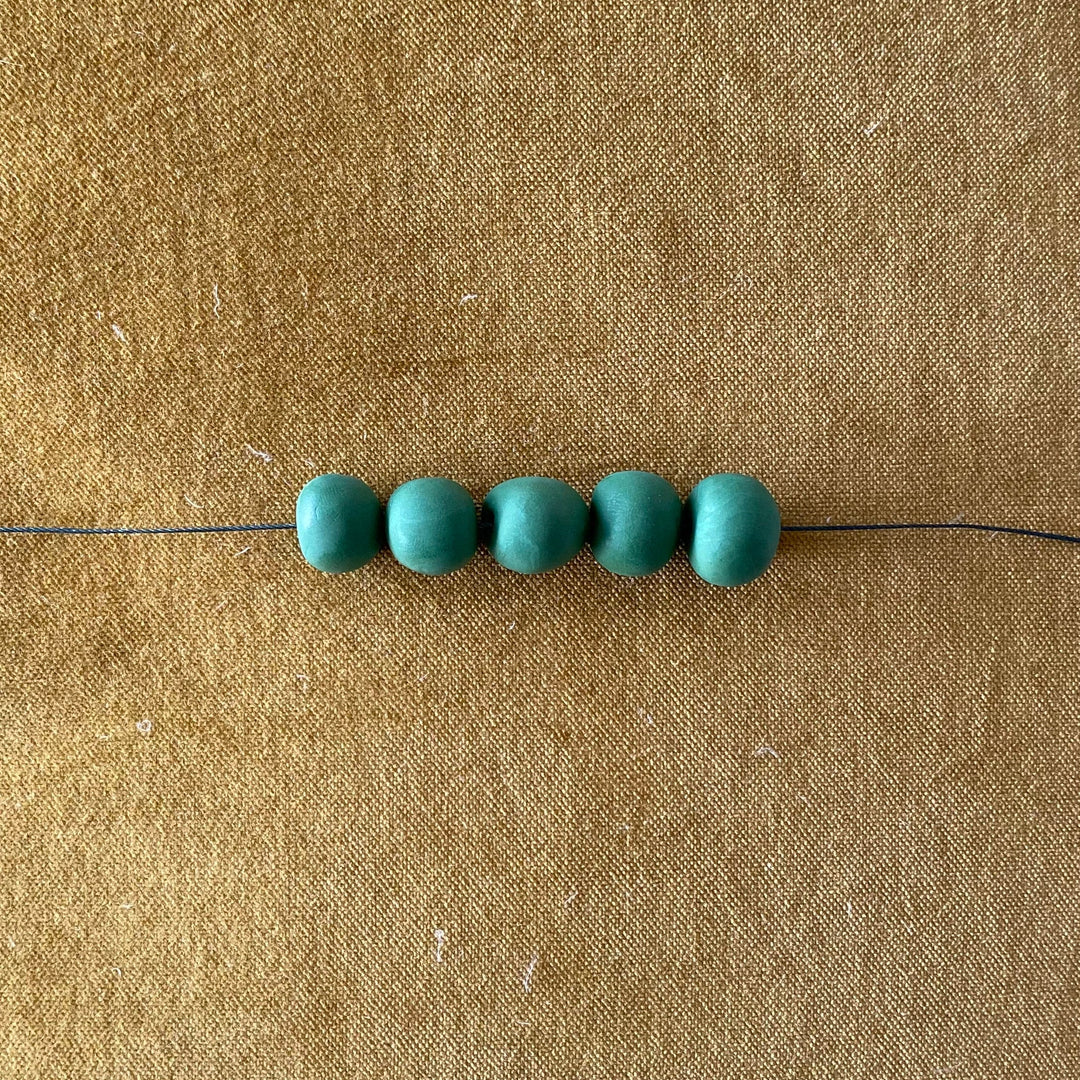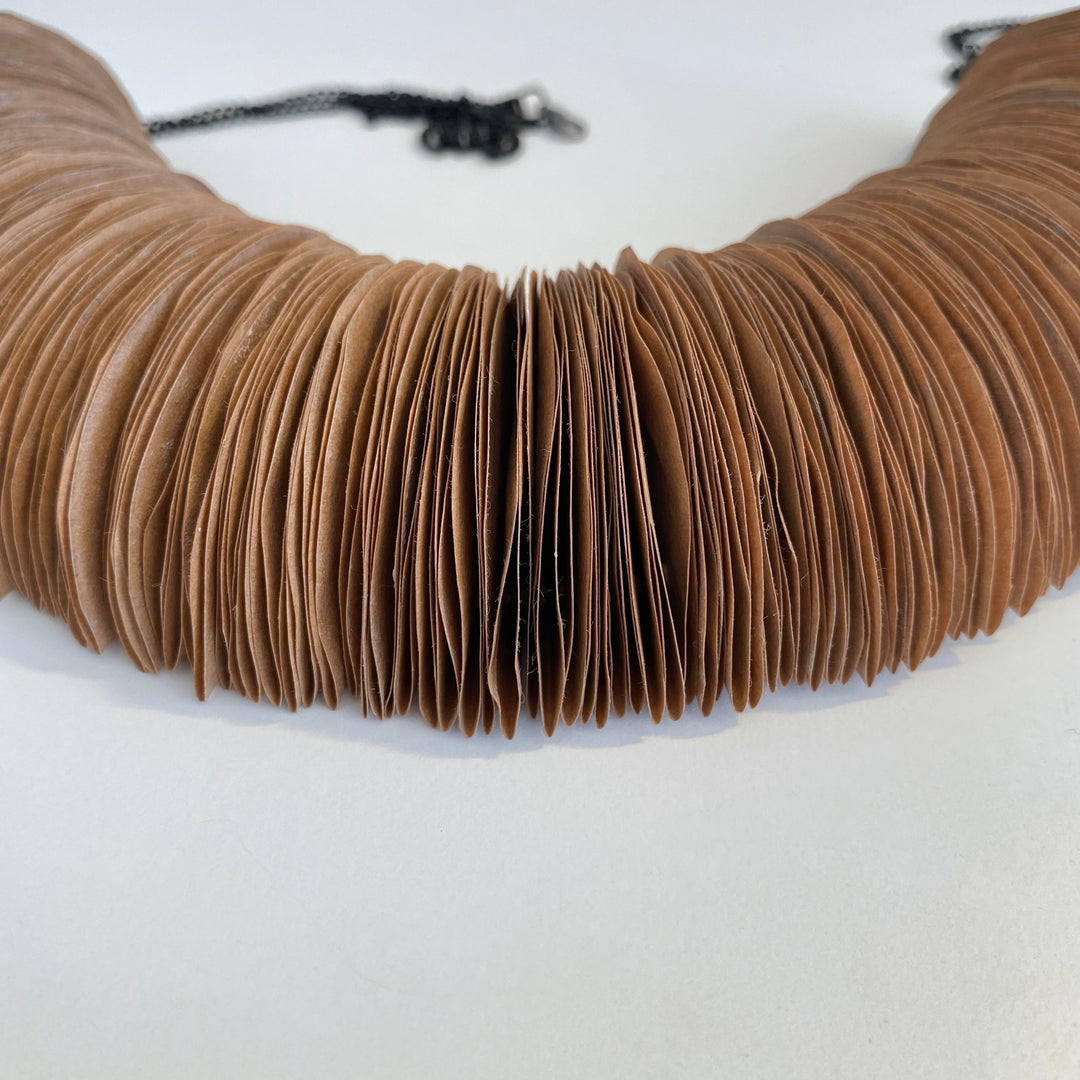JAPANESE MATCHBOXES ART
In the end of the 90s and the beginning of the 2000s, I had just turned 20; I was 'officially' an adult and was about to discover the pleasures (and troubles) of living on my own.
By the time, I was a smoker, and even though I used a lighter, I thought it was very cool to have a huge glass vase full of matchboxes as part of the decoration. These matchboxes were a collection made mainly from bars, restaurants and hotels I have been to. I never gave much thought about it or the matchboxes themselves; some had beautiful colours, some were basic, and some were just ordinary matchboxes sold at that time. But it was something I treasured, and I thought I looked great.
With time, moving houses, country… I don't have that vase anymore, and the matchboxes probably ended up in a bin.
Well, well... Little did I know that some people take this type of collection very seriously, known as phillumenists, they are in this 'business' for the art. And what I later found out, what a fantastic art!
(Good to know: Phillumeny, the practice of collecting matchboxes.)
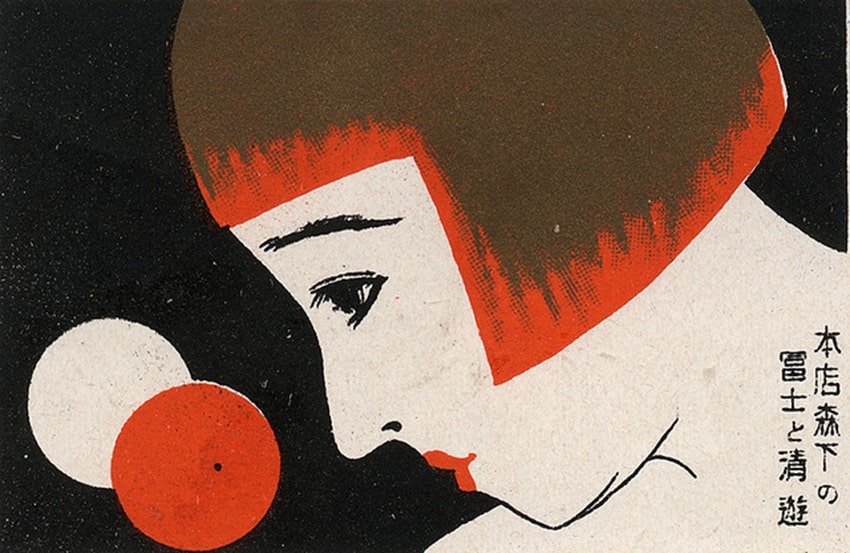
From the 1920s until the 1980s, match production was blooming; after all, smoking became a universal habit, and people soon realised that this tiny space could become a miniature billboard.
The earliest record of an ad in a matchbox was from 1895, when Mendelssohn Opera Company in New York used the medium to publicise their new production. It was a success, and matchboxes became a microcosm of the 20th-century design.
Despite the whole world exploring this new adverting opportunity, one country, in particular, took it to another level, Japan, especially from 1920 to 1930.


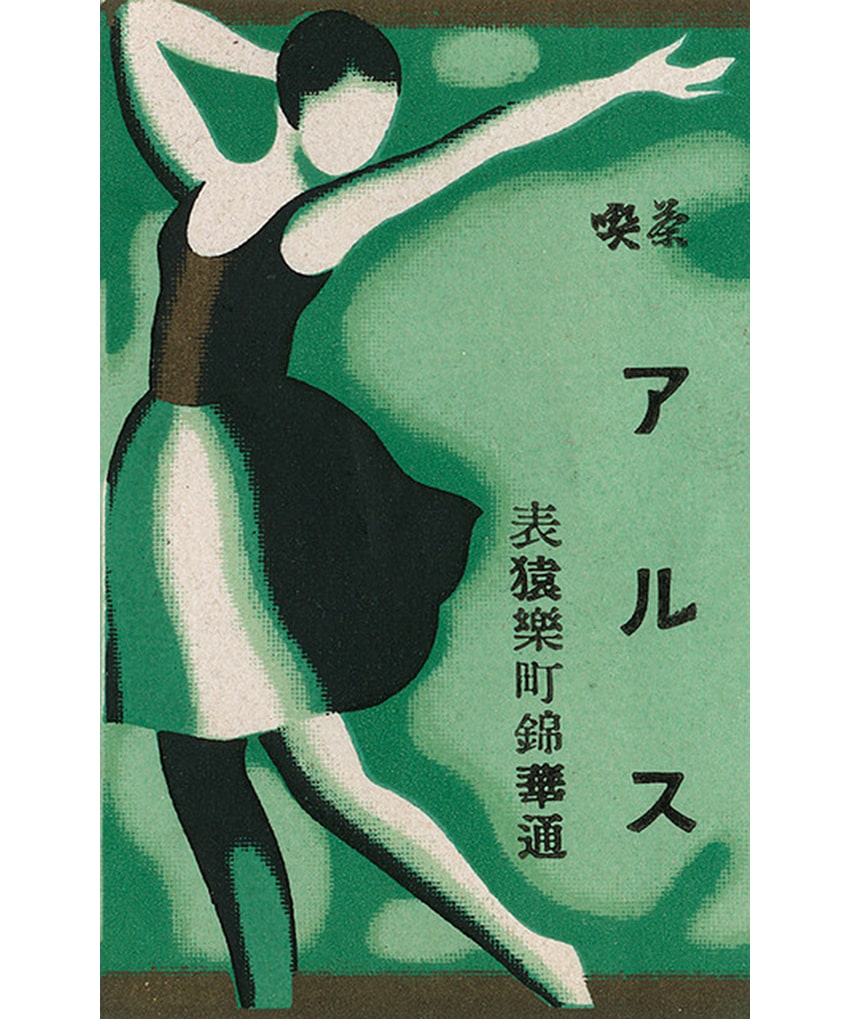
For a long period, Japan didn't have any influence from any other culture but its own. However, after 1853, when they started to open to the west, they brought back home music, fashion, films and art, and a series of 'modern and westernised' places started popping up around the country.
These modern places placed advertising on matchboxes to attract a clientele – a particular good media when talking about Japan, where smoking seems mandatory.



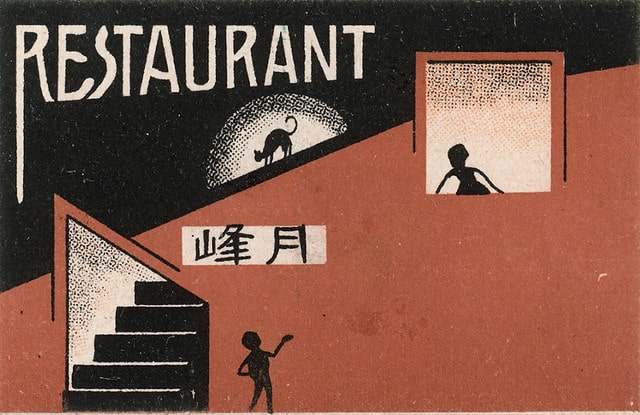
Printed with woodblocks in the traditional manner of Ukiyo-e, those matchboxes were opportunities for experiments in graphic design. Bauhaus influence, art deco, constructivist typography, jazz, bars blended with Japanese staples like tea houses, hot springs and Geishas.
With the introduction of cheap disposable lighters in the late 70s, matchboxes disappeared, but thanks to some great artists, their work can still be found for our delight.
Now, who wants a Japanese matchbox??? I DO.
X
Joana



